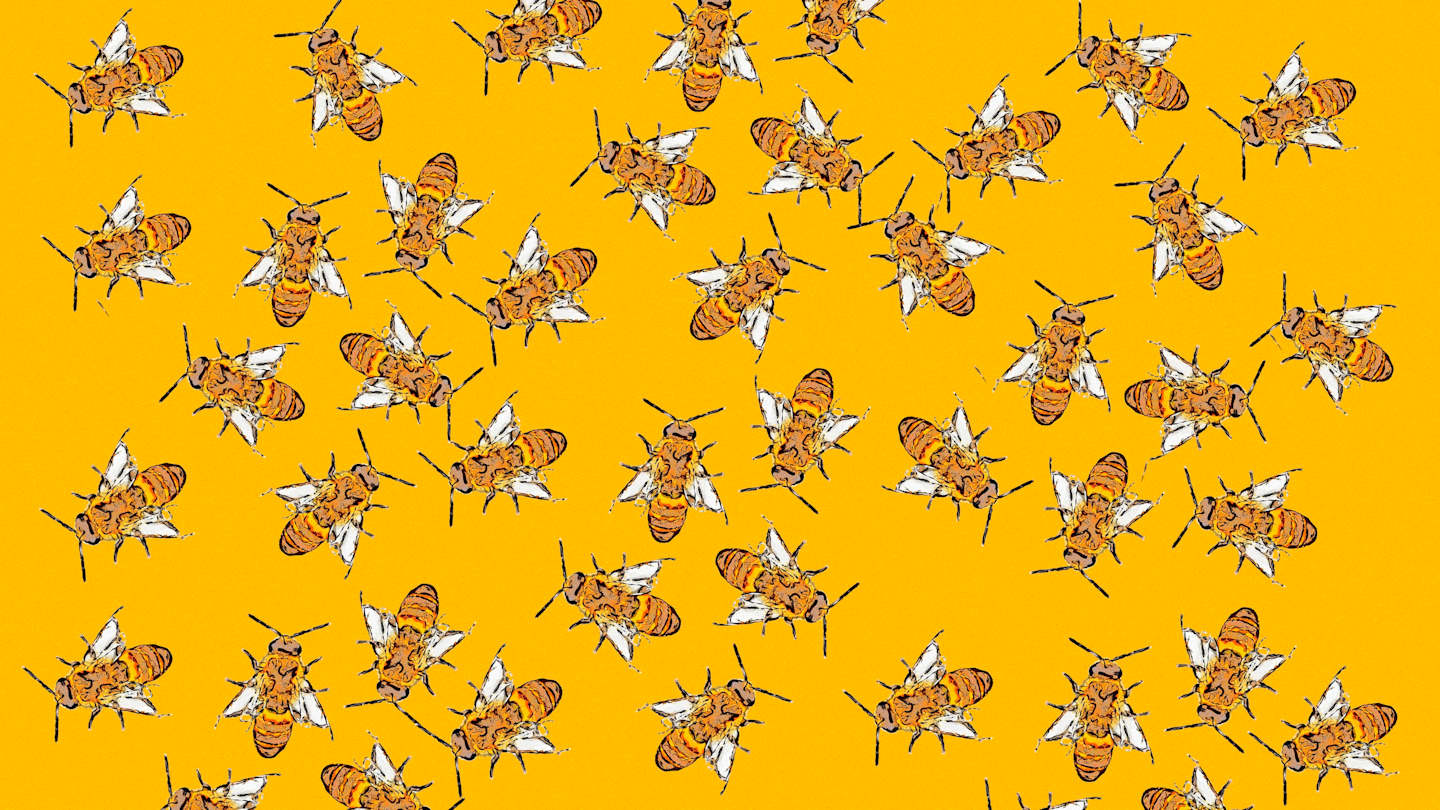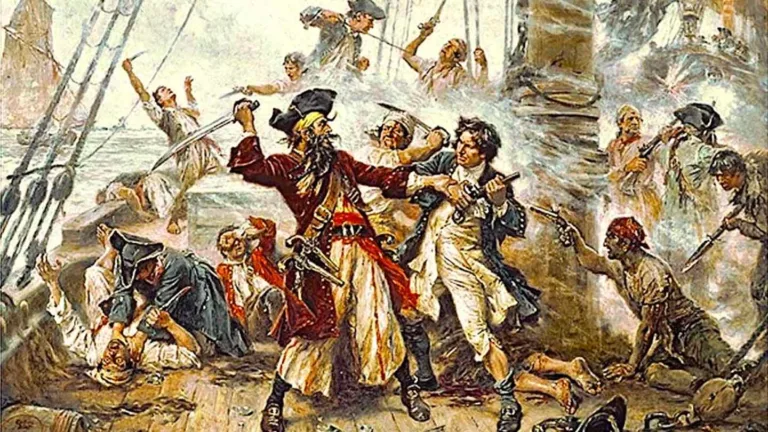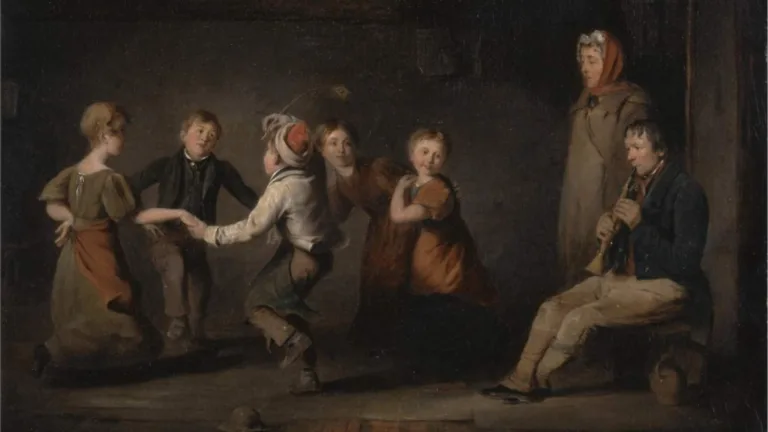Have you ever felt like a Particular Idea Just wouldn’T Leave Your mind? It buzzes around, keeping you occupied and focused, almost like a bee in a bonnet. This is precisely the essence of the phrase “bee in your bonnet,” a colorful expression that perfectly captures the feeling of being preoccupied with a single thought or obsession.
The bee in your bonnet origin can be traced back to Scotland, where the idiom “head full of bees” Referred To Someone Harboring Fantasies, Eccentric Whims, or even obsessions. Over time, this evolved into the more familiar Phrase We Use Today, likely due to the prevalence of beekeeping and the possibility of bees finding their way into bonnets worn during that era.
While the literal image of a bee stuck in a bonnet might Seem Quaint Now, the metaphorical meaning has stood the test of time. The phrase remains a vibrant part of our language, capturing that persistent feeling of being fixated on something, Whether It’s a brilliant idea, a nagging worry, or even just a simple thought that refuses to let go.
The Scottish Origin: Head Full of Bees
The roots of “bee in your bonnet” Run Deep, stretching back to The Scottish Highlands and a rather intriguing idiom: “head full of bees.” This colorful expression perfectly encapsulates the feeling of being preoccupied with an idea or thought that simply won’T Leave You Alone. Imagine it – a swarm of ideas buzzing around in your mind, making it impossible to focus on Anything Else.
The Scottish use of “head full of bees” often referred to individuals who possessed Unusual Fancies, Eccentric Whims, or perhaps even obsessive tendencies. It wasn’t necessarily a negative connotation, but rather a way to describe someone deeply engrossed in their own world of thoughts and ideas. This sense of being immersed in a mental whirlwind, much like bees swarming within a hive, paved the way for the evolution of “bee in your bonnet.”
The shift from “head full of bees” to “bee in your bonnet” likely occurred due to the widespread practice of beekeeping during that era. With bees frequently buzzing around and sometimes even venturing into bonnets worn by women at the time, the image became a potent symbol for preoccupation and fixation.
Evolution and Meaning: From Bonnets to Obsessions
The journey of “bee in your bonnet” from its Scottish origins to its modern-day usage is a fascinating one. While the literal image of a bee caught in a bonnet might Seem Quaint Today, the metaphorical meaning has persisted and Evolved Over Time.
As societal norms shifted and bonnets Gradually Faded From Common Wear, the phrase adapted to reflect the Changing Landscape. The focus shifted from the physical object to the intangible feeling of being preoccupied with a particular idea or thought. This evolution broadened the scope of “bee in your bonnet,” encompassing not just whimsical fancies but Also Obsessions, anxieties, and even brilliant ideas that refused to be ignored.
Today, “bee in your bonnet” remains a versatile expression, capturing the essence of persistent thoughts and fixations. It can be used lightheartedly to describe someone who is deeply engrossed in a project or hobby, or more seriously to convey a sense of being overwhelmed by an idea or problem. Regardless of the context, the phrase retains its charm and effectiveness as a colorful way to describe the human experience of being preoccupied with something that simply won’T Let Go.
 Why Are Koala Bears Called Bears? Historical Misconception
Why Are Koala Bears Called Bears? Historical MisconceptionBeekeeping and the Metaphorical Connection
The rise of “bee in your bonnet” as a common expression is closely tied to the historical practice of beekeeping. During the time when the phrase originated, beekeeping was a widespread activity, particularly in rural areas of Europe and North America.
With bees constantly buzzing around their hives and sometimes venturing out into Open Spaces, there was a high chance of them finding themselves caught in bonnets worn by women at the time. This literal occurrence of bees becoming entangled in bonnets likely contributed to the metaphorical association of “bee in your bonnet” with preoccupation and fixation. The image of a bee trapped within a bonnet became a vivid symbol for having an idea or thought stuck firmly in one’s mind, just as a bee might be Caught Within Its Confines.
This connection between bees and the concept of being preoccupied is further strengthened by the inherent nature of Bee Behavior. Bees are known for their diligence and focus, tirelessly working together to maintain their hive and gather nectar. This relentless dedication to a specific task mirrors the way someone with a “bee in their bonnet” becomes intensely focused on a particular idea or goal.
Modern Usage and Cultural Impact
Despite its historical roots, “bee in your bonnet” continues to thrive in modern language and culture. Its enduring appeal lies in its simplicity and ability to capture a Universal Human Experience: becoming consumed by a single thought or idea.
From everyday conversations to works of literature and film, the phrase has found its way Into Various Contexts. Writers often employ it to describe characters wrestling with obsessions or fixations. Comedians use it to poke fun at people who are deeply engrossed in their own worlds. And casual speakers simply rely on its vivid imagery to convey a sense of being preoccupied.
The continued presence of “bee in your bonnet” in popular culture is a testament To Its Enduring Relevance. It remains a colorful and effective way to describe the human tendency to get lost in our thoughts, proving that even centuries-old expressions can continue to resonate with modern audiences.
Buzzing Beyond Literal Meanings
While the literal image of a bee trapped in a bonnet is central to the origin story of “bee in your bonnet,” the phrase has transcended its physical roots to encompass a much broader range of meanings. Today, it serves as a versatile metaphor for various states of mental preoccupation.
It can describe someone fixated on a particular idea or project, often to the point of obsession. It can also capture the feeling of being overwhelmed by a thought or problem that simply won’T Leave You Alone. Even positive obsessions, like the fervent passion for a hobby or cause, can be described with “bee in your bonnet.”
This evolution demonstrates the power of language to adapt and evolve alongside Our Experiences. The original bee in your bonnet origin, rooted in a tangible image, has blossomed into a rich tapestry of metaphorical interpretations, reflecting the complexities of human thought and behavior.
More for curious minds
Unlock extra content and exclusive deals tailored to your interests.










